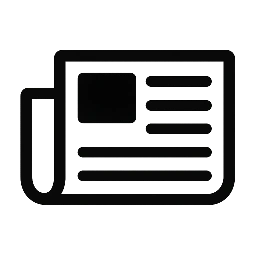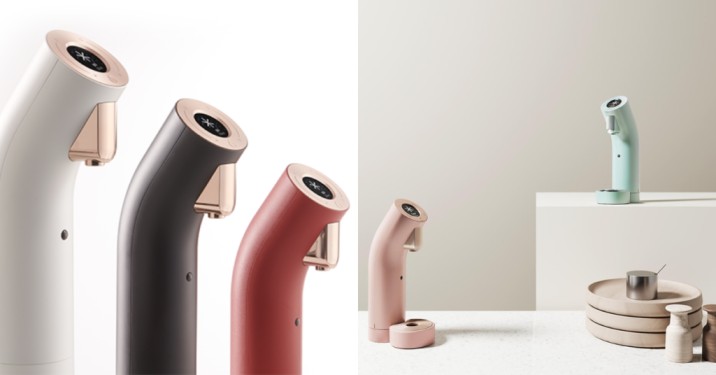Water dispensers have become an essential appliance in homes and offices, especially in regions like Malaysia where hydration is key to staying healthy and comfortable in a tropical climate. While many modern dispensers now offer both hot and cold water functions, you might be wondering—do you really need both? Or would a single-function dispenser (either hot or cold) better suit your needs?
In this guide, we’ll explore the differences between hot and cold water dispensers, highlight their respective pros and cons, and help you decide which one is the right fit for your lifestyle, budget, and household needs.
Understanding the Basics
Before diving into comparisons, it’s helpful to define what each type of dispenser does:
Hot Water Dispenser
A hot water dispenser heats water to high temperatures—typically around 85–95°C—making it instantly ready for tea, coffee, baby formula, or cooking. Some models allow temperature control and come with child safety locks for added protection.
Cold Water Dispenser
This type chills water to around 4–10°C, perfect for refreshing drinks on a hot day. These dispensers often feature built-in cooling systems that work similarly to mini refrigerators.
Combination Units
Many newer water dispensers provide hot, cold, and room temperature water, often referred to as 3-in-1 or multi-temperature dispensers. While convenient, they can be more expensive and require higher energy consumption.
Advantages of Hot Water Dispensers
If your household regularly uses hot water for beverages or cooking, a hot water dispenser can offer a lot of value. Here are the main benefits:
✅ Instant Hot Water
No more waiting for a kettle to boil. Perfect for tea lovers, coffee drinkers, or parents preparing baby formula.
✅ Energy Saving (vs. Kettles)
Many dispensers are designed to be more energy-efficient than electric kettles, especially if hot water is used frequently throughout the day.
✅ Enhanced Hygiene
Hot water can help in sterilizing cups, utensils, or baby bottles, offering extra peace of mind.
✅ Safer Dispensing (with child locks)
Most hot water dispensers come with child safety features, preventing accidental burns in homes with children.
Advantages of Cold Water Dispensers
Cold water dispensers are ideal for hot climates like Malaysia’s. Here’s why people love them:
✅ Instant Refreshment
Provides chilled, refreshing water on demand—especially useful during hot afternoons or after workouts.
✅ Encourages Hydration
People are often more likely to drink water when it’s cool and crisp, especially kids who dislike plain tap water.
✅ Reduces Refrigerator Dependence
You don’t have to keep bottles in the fridge or use ice cubes anymore, saving space and energy.
Downsides to Consider
Hot Water Dispenser: Cons
- Higher electricity use if used 24/7.
- Safety risks if no child lock is present.
- Limited usefulness if you rarely use hot drinks or cooking with hot water.
Cold Water Dispenser: Cons
- Cooling systems may be noisy.
- More maintenance, especially if there’s a compressor.
- Less useful during rainy or colder seasons (rare in Malaysia, but relevant in other regions).
Combination Units: The Best of Both Worlds?
Many consumers in Malaysia opt for combination hot and cold dispensers for versatility. These models offer:
- Hot water for drinks and cooking.
- Cold water for instant refreshment.
- Sometimes even room temperature water.
While convenient, they also:
- Cost more upfront.
- Consume more electricity.
- Require more complex maintenance, including cleaning both heating and cooling systems.
However, if you have multiple family members with different preferences, a combo unit may provide the best long-term value.
Comparing Use Cases
To help you decide which is better for your situation, let’s break it down by usage type:
| Use Case | Hot Dispenser | Cold Dispenser | Combo Unit |
| Families with small children | ✅ Baby formula, sterilizing | ✅ Hydration for kids | ✅ Best of both |
| Small apartments | ✅ Space-saving | ✅ Lightweight | ✅ If space allows |
| Coffee/tea lovers | ✅ Essential | ❌ Less useful | ✅ Ideal |
| Fitness enthusiasts | ❌ Not necessary | ✅ Post-workout hydration | ✅ Versatile |
| Office pantry | ✅ Tea/coffee | ✅ Refreshment | ✅ Great for everyone |
| Budget-conscious users | ✅ Cheaper models available | ✅ Low-cost options too | ❌ More expensive |
Energy Efficiency & Cost Considerations
Electricity Usage
- Hot water dispensers continuously maintain high temperatures unless turned off, increasing energy bills.
- Cold dispensers use compressors and may draw more power in hot weather.
- Combo dispensers have the highest power draw unless equipped with energy-saving or ECO modes.
Cost Breakdown in Malaysia (Estimates)
| Type | Price Range (RM) | Monthly Electricity (RM) |
| Hot only | RM200–RM800 | RM10–RM25 |
| Cold only | RM300–RM900 | RM8–RM20 |
| Combo | RM1,000–RM4,000 | RM20–RM40 |
Tip: Look for models with auto-off features, smart sensors, or energy certification to minimize running costs.
Space & Design
When choosing between hot and cold units, space is another factor.
- Hot-only dispensers are usually slimmer and more compact.
- Cold-only units require cooling systems, making them bulkier.
- Combo models are often freestanding and may require more floor space, but newer tabletop versions are available.
If your kitchen or office has limited space, a tabletop hot or cold dispenser might be the best compromise.
Maintenance Requirements
Both hot and cold dispensers require regular cleaning to prevent bacteria buildup and ensure safe use.
For Hot Dispensers:
- Descale regularly if your water has high mineral content.
- Clean the nozzle and hot tank every few weeks.
For Cold Dispensers:
- Wipe the interior and cooling coils.
- Empty and clean the drip tray often.
Combo Units:
- Follow both hot and cold maintenance schedules.
- Some high-end models come with auto-sterilization features.
Final Verdict: Which One Is Right for You?
The choice between a hot, cold, or hot & cold water dispenser ultimately comes down to:
- Your daily habits (tea/coffee vs. hydration)
- Your family’s needs (children, elderly, athletes)
- Space availability
- Budget
- Willingness to handle maintenance and energy use
Choose a Hot Water Dispenser if:
- You frequently make hot drinks or cook.
- You have a baby or need sterilized water.
- You want a compact, affordable solution.
Choose a Cold Water Dispenser if:
- You need chilled water all day (especially in Malaysia’s heat).
- You want to promote hydration in your family.
- You don’t mind the extra space or slight noise.
Choose a Combo Unit if:
- You want maximum convenience.
- You’re willing to invest in a long-term solution.
- You have a larger household or office with varying needs.
Conclusion
Whether you’re sipping warm tea on a rainy morning or enjoying cold water after a workout, the right water dispenser can elevate your comfort and convenience at home or work. By understanding the differences between hot and cold water dispensers, you can confidently choose a model that fits your lifestyle, space, and budget.
If you’re still undecided, consider a multi-temperature dispenser—it may cost more upfront, but the long-term versatility might be worth every ringgit.

